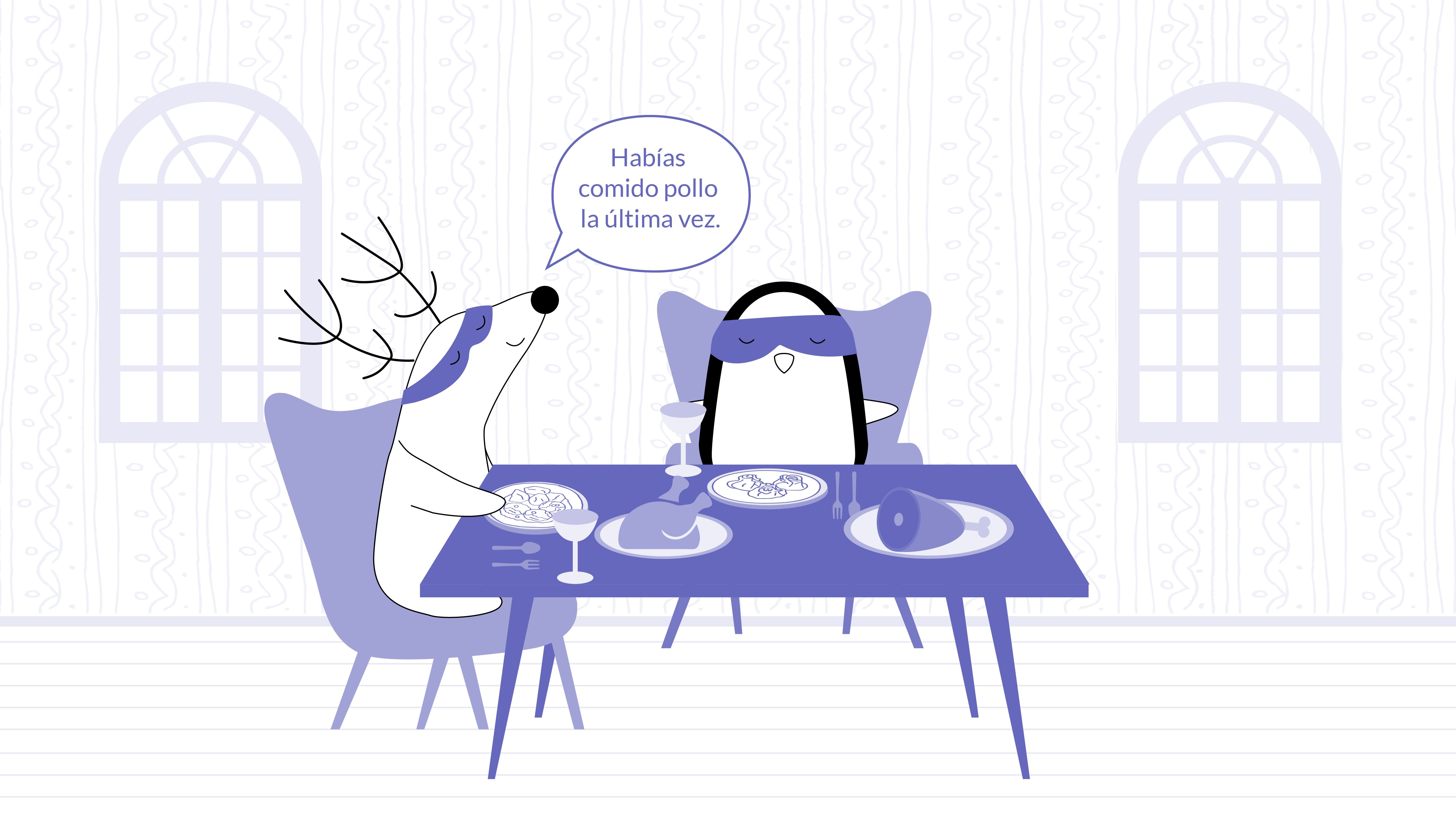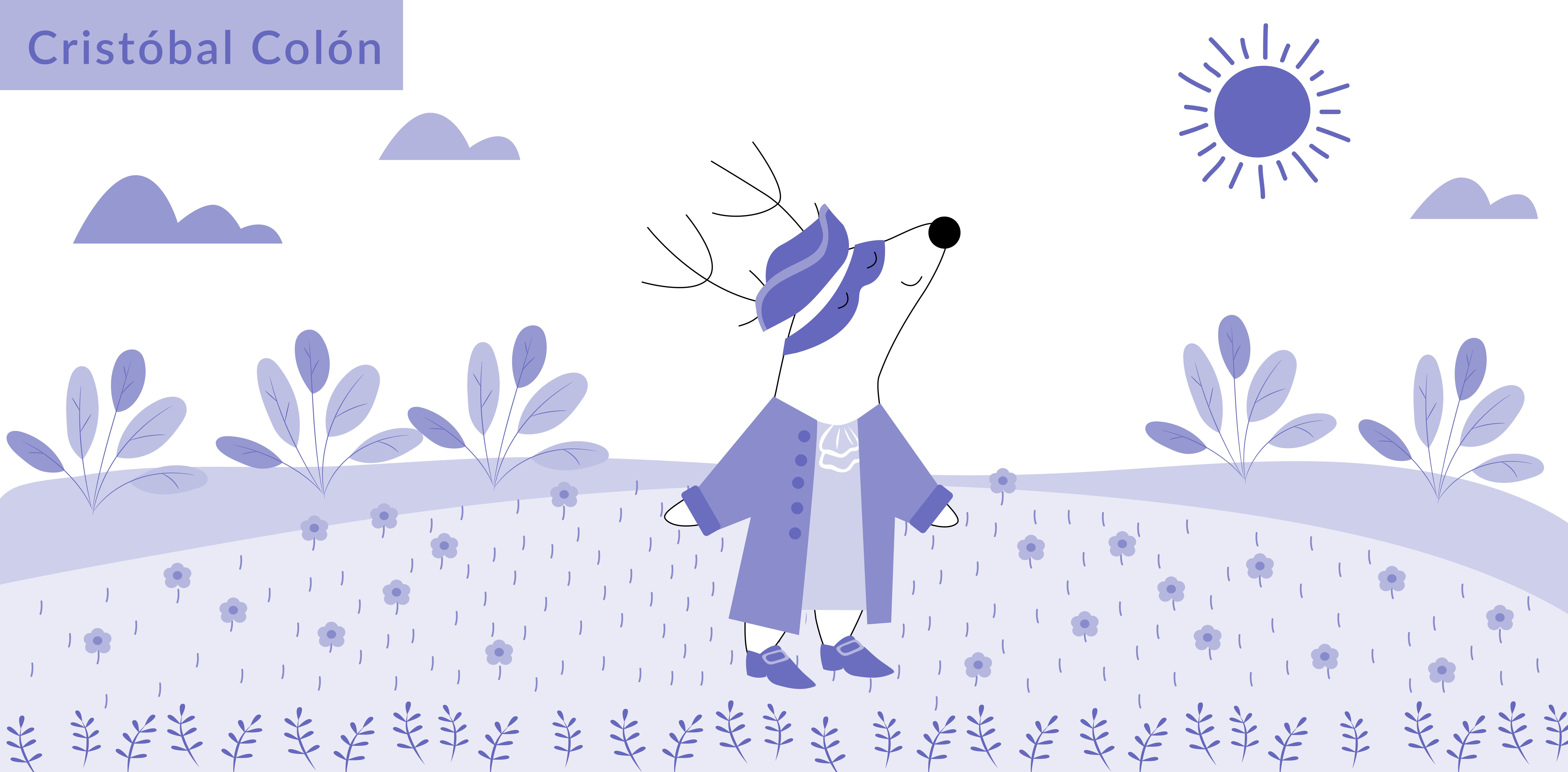
Spanish, with its captivating vocabulary and intricate grammar structure, offers a fascinating journey for language learners. Among its linguistic intricacies, one aspect frequently encountered by learners is the use of different tenses, with the preterite tense taking center stage.
The preterite tense in Spanish enables speakers to vividly recount actions that were definitively completed in the past.
In this comprehensive guide, we will embark on a journey into the world of the preterite tense, unraveling its complexities and understanding how to express past events with precision. Let’s go!
Learn Spanish with Langster
Simple Preterite Tense
The simple preterite tense, known as pretérito perfecto simple in Spanish, is a cornerstone of Spanish grammar. This essential tense serves as a linguistic gateway to recounting events and actions that were definitively concluded in the past, without any lingering connection or ongoing relevance to the present.
It provides a clear and concise way to narrate historical events, share past experiences, or express actions that occurred at a specific point in time, making it a vital tool for effective storytelling and communication in Spanish.
Conjugation Tables
Conjugating regular verbs in the preterite tense involves specific endings. Here, we present you with regular verbs’ (ar, er, ir) preterite conjugations:
| Pronoun | English Pronoun | AR Verbs | ER Verbs | IR Verbs |
|---|---|---|---|---|
| Yo | I | -é | -í | -í |
| Tú | You | -aste | -iste | -iste |
| Él/Ella | He/She | -ó | -ió | -ió |
| Nosotros | We | -amos | -imos | -imos |
| Vosotros | You plural | -asteis | -isteis | -isteis |
| Ellos, Ellas | They | -aron | -ieron | -ieron |
| Pronoun | English Pronoun | AR Verbs | ER Verbs | IR Verbs |
|---|---|---|---|---|
| Yo | I | -é | -í | -í |
| Tú | You | -aste | -iste | -iste |
| Él/Ella | He/She | -ó | -ió | -ió |
| Nosotros | We | -amos | -imos | -imos |
| Vosotros | You plural | -asteis | -isteis | -isteis |
| Ellos, Ellas | They | -aron | -ieron | -ieron |
For instance, consider the verb hablar (to speak). In the preterite tense, it changes to Yo hablé (I spoke). Similarly, comer (to eat) becomes Tú comiste (You ate), and vivir (to live) changes to Él vivió (He lived).
Compound Preterite Tense

The compound preterite tense, known as pretérito perfecto compuesto, describes actions that occurred in the past but still have a connection with the present. This could be because they happened recently, are still happening, or have an effect on the present. This tense is formed using the present tense of haber and the past participle.
Conjugation Table
Here's how you conjugate the auxiliary verb haber in the present tense:
| Pronoun | English Pronoun | Verb Haber |
|---|---|---|
| Yo | I | He |
| Tú | You | Has |
| Él/Ella | He/She | Ha |
| Nosotros | We | Hemos |
| Vosotros | You plural | Habéis |
| Ellos/Ellas | They | Han |
| Pronoun | English Pronoun | Verb Haber |
|---|---|---|
| Yo | I | He |
| Tú | You | Has |
| Él/Ella | He/She | Ha |
| Nosotros | We | Hemos |
| Vosotros | You plural | Habéis |
| Ellos/Ellas | They | Han |
The past participles are formed by dropping the infinitive ending (-ar, -er, -ir) and adding -ado for -ar verbs and -ido for -er and -ir verbs. For instance, hablar becomes hablado, comer becomes comido, and vivir becomes vivido.
Using these, we can form sentences like:
Spanish
English
Yo he hablado
I have spoken
Tú has comido
You have eaten
Él ha vivido
He has lived
The Pluscuamperfecto in Spanish
The Pluscuamperfecto, also known as the Past Perfect tense, is another important Spanish preterite tense. This tense is used to describe an event that took place before another past action or time.
Conjugation
The Pluscuamperfecto is a compound tense, meaning it's formed using an auxiliary verb and a main verb. The auxiliary verb is the imperfect tense of haber, and the main verb is the past participle.
Here's how you conjugate the auxiliary verb haber in the imperfect tense:
| Pronoun | English Pronoun | Verb Haber |
|---|---|---|
| Yo | I | Había |
| Tú | You | Habías |
| Él, ella, usted | He, She, formal you | Había |
| Nosotros | We | Habíamos |
| Vosotros | You plural | Habíais |
| Ellos, Ellas | They | Habían |
| Pronoun | English Pronoun | Verb Haber |
|---|---|---|
| Yo | I | Había |
| Tú | You | Habías |
| Él, ella, usted | He, She, formal you | Había |
| Nosotros | We | Habíamos |
| Vosotros | You plural | Habíais |
| Ellos, Ellas | They | Habían |

Usage
The Pluscuamperfecto is used to describe an action that had occurred and been completed before another action took place in the past.
Spanish
English
Yo ya había comido cuando mi madre llegó a casa.
I had already eaten when my mother arrived home.
Ellos habían salido antes de que empezara a llover.
They had left before it started to rain.
Differences in Use and Meaning
While both the simple and compound preterite tenses describe past actions, their uses differ significantly. The simple preterite is used for actions that happened at a specific point in time or a specific number of times. These actions have no connection to the present.
On the other hand, the compound preterite is used for actions that occurred in the past but have a connection with the present. This could be because they happened recently, are still happening, or have an effect on the present.
Irregular Forms

The Spanish preterite conjugation is not just about regular verbs. There are also a significant number of irregular verbs that do not follow the standard conjugation patterns. These verbs require their own set of endings and, in some cases, undergo changes in the stem.
Conjugation of Irregular Forms
The irregular preterite conjugations can be tricky, because they do not follow a predictable pattern. However, there are some groups of irregular verbs that share similar conjugation patterns.
Here are a few examples of conjugation for irregular verbs:
Verbs With a Vowel Change in the Stem
There are many stem-changing irregular verbs in Spanish. This category includes verbs like dormir (to sleep), morir (to die), and poder (to be able to), among others. The vowel 'o' changes to 'u' in the third person singular and plural forms.
Let’s take a look at the verb dormir:
| Pronoun | Verb Dormir |
|---|---|
| Yo | Dormí |
| Tú | Dormiste |
| Él, Ella | Durmió |
| Nosotros | Dormimos |
| Vosotros | Dormisteis |
| Ellos, Ellas | Durmieron |
| Pronoun | Verb Dormir |
|---|---|
| Yo | Dormí |
| Tú | Dormiste |
| Él, Ella | Durmió |
| Nosotros | Dormimos |
| Vosotros | Dormisteis |
| Ellos, Ellas | Durmieron |
Verbs With 'uv' in the Stem
This includes verbs like tener (to have), estar (to be), and andar (to walk). The 'uv' replaces the vowel before the -er or -ir ending.
For example, the verb tener:
| Pronoun | Verb Tener |
|---|---|
| Yo | Tuve |
| Tú | Tuviste |
| Él, Ella | Tuvo |
| Nosotros | Tuvimos |
| Vosotros | Tuvisteis |
| Ellos, Ellas | Tuvieron |
| Pronoun | Verb Tener |
|---|---|
| Yo | Tuve |
| Tú | Tuviste |
| Él, Ella | Tuvo |
| Nosotros | Tuvimos |
| Vosotros | Tuvisteis |
| Ellos, Ellas | Tuvieron |
Tips for Learning Irregular Verbs
Learning irregular verbs can be challenging, but there are strategies to make it easier and more fun! Here, we present you with some of them:
Practice Regularly
Regular practice is key to mastering irregular verbs. Use flashcards, worksheets, or language learning apps to practice the conjugation of these verbs. For example, you can craft personalized flashcards for each irregular verb you're tackling.
On one side, write the infinitive form of the verb, and on the other side, write its preterite conjugations. Use these flashcards for regular review, ensuring you're familiar with the different forms.
Group Similar Verbs Together
When it comes to mastering Spanish irregular verbs in the past tense, it's essential to recognize that many of them share common patterns and similarities. By grouping verbs with similar conjugation patterns together, you can significantly simplify the learning process.
This approach allows you to identify recurring patterns, helping you remember the irregularities more effectively.
For example, ser and ir have the same preterite conjugations, and recognizing this pattern can be a valuable shortcut to memorizing irregularities. By organizing these verbs into logical clusters and practicing them together, you'll not only make the learning process more efficient but also enhance your ability to apply these verbs in real-life conversations and writing.
Use the Preterite Tense in Context
To truly solidify your grasp of Spanish verbs in the preterite, it's crucial to incorporate them actively into your language practice. Strive to integrate these verbs into sentences, dialogues, or conversations. The more you actively engage with them in real-life contexts, the more effectively you'll commit them to memory.
By using these verbs in practical situations, you'll not only remember their conjugations but also gain a deeper understanding of when and how to apply them correctly. This practical, hands-on approach to language learning not only enhances your retention but also boosts your confidence in using these irregular preterite verbs naturally in your everyday communication.
Listen and Repeat
Listen to native speakers using irregular preterite verbs in conversation, music, or movies. Repeat what they say to practice your pronunciation and understanding.
Remember, learning irregular verbs takes time and patience. With consistent practice, you'll soon master the regular and irregular preterite forms in Spanish, including its irregular verbs.
The Bottom Line

In conclusion, attaining mastery of the preterite tense in Spanish is a journey that necessitates time, dedication, and consistent practice.
But, fear not; there's a valuable tool that can greatly assist you along the way — Langster. With its real-life stories, targeted exercises, and a dynamic approach to language learning, Langster provides an optimal environment for honing your Spanish skills.
Stay persistent in your efforts, and with Langster by your side, you'll confidently wield the preterite tense, enhancing your Spanish language abilities and enabling richer, more engaging conversations.
Learn Spanish with Langster









